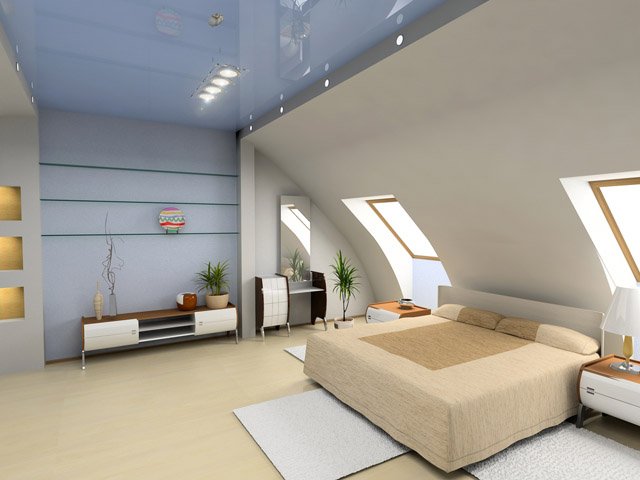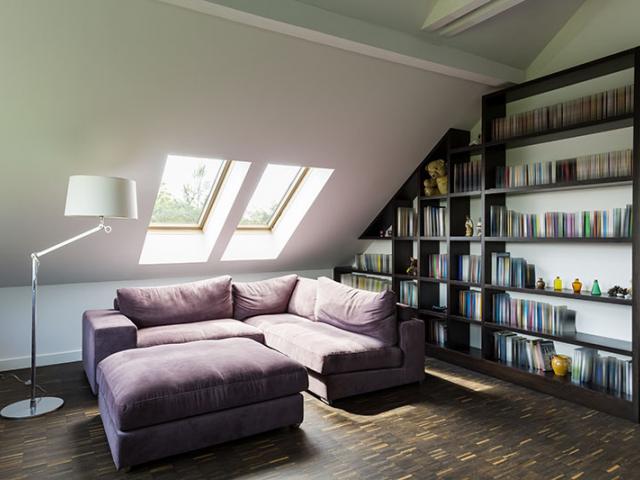
If you’re a homeowner in the UK considering a loft conversion, you’re likely wondering about the costs involved. Loft conversions are a fantastic way to add space and value to your property without the need to move, but understanding the potential expenses can help you budget effectively and avoid unexpected financial strain. In this blog post, we’ll break down the various factors that influence the cost of a loft conversion in the UK and provide a detailed overview to help you plan your project.
Understanding Loft Conversions
A loft conversion is a home improvement project that transforms an unused attic or loft space into a functional living area. This can be anything from a bedroom or office to a gym or playroom. There are several types of loft conversions, including:
- Velux (Roof Light) Conversion: This involves installing skylights to create a brighter space without altering the roof structure.
- Dormer Conversion: This adds vertical walls and a dormer window to increase headroom and floor space.
- Hip-to-Gable Conversion: Suitable for properties with a hipped roof, this involves extending the roof to create a gable end, increasing the space significantly.
- Mansard Conversion: This involves altering the roof structure to create a near-vertical wall and a flat roof, which can offer significant additional space.
Key Factors Affecting Cost
The cost of a loft conversion can vary widely depending on several factors. Here’s a detailed breakdown of the main components:
1. Type of Conversion
The type of loft conversion you choose will significantly impact the cost. Velux conversions are generally the least expensive, starting at around £20,000 to £30,000. Dormer conversions range from £30,000 to £50,000, while hip-to-gable conversions can cost between £40,000 and £60,000. Mansard conversions are the most expensive, often costing between £60,000 and £100,000 or more due to the complexity and scale of the work involved.
2. Size and Layout
The size of your loft and the complexity of the layout will also influence the cost. Larger lofts with more complex designs or additional features will naturally incur higher costs. For instance, if your loft requires structural reinforcement or extensive alterations to the existing roof, this will add to the expense. A straightforward conversion in a smaller loft will be more cost-effective.
3. Quality of Finish
The quality of the finish you choose can greatly impact the overall cost. Basic finishes, including standard carpets and simple decor, will be less expensive than high-end finishes such as bespoke joinery, premium flooring, and luxury fittings. If you’re opting for high-quality materials and custom designs, you should budget for a higher expenditure.
4. Planning and Building Regulations
Planning permission is not always required for a loft conversion, but you will need to comply with building regulations. The cost of obtaining necessary permissions and ensuring your conversion meets these regulations can add to the overall price. You may also need to budget for architectural and structural engineer fees, which can range from £1,000 to £3,000 depending on the complexity of your project.
5. Location
The cost of loft conversions can also vary based on your location. In general, loft conversions in London and the South East are more expensive due to higher labour and material costs. In other regions, such as the North of England or Scotland, you might find that the costs are somewhat lower. However, regional variations can still mean significant differences in price. Visit https://loftconversion.london/ if you need more information or have any questions about the loft conversion cost in the UK.

6. Structural Work
If your loft requires significant structural work, such as reinforcing the floor or altering roof trusses, this will increase costs. For example, adding a staircase can cost anywhere from £1,000 to £3,000, depending on the design and materials used. Structural alterations to support the new space can add several thousand pounds to the total cost.
7. Additional Costs
In addition to the main conversion costs, there are other expenses to consider:
- Electrical and Plumbing Work: Installing electrical wiring, lighting, and plumbing fixtures can add to the cost. Expect to budget around £2,000 to £5,000 for these services.
- Insulation and Ventilation: Proper insulation and ventilation are crucial for a comfortable and energy-efficient loft. Costs for insulation and ventilation can range from £1,500 to £3,000.
- Interior Decoration: The cost of decorating the new space, including painting, wallpapering, and furnishing, will also need to be considered. This can range from £1,000 to £5,000 or more, depending on your choices.
Budgeting for Your Loft Conversion
When budgeting for a loft conversion, it’s essential to account for all potential costs and set aside a contingency fund for unexpected expenses. A good rule of thumb is to set aside an additional 10-15% of your total budget for unforeseen costs. This will help ensure that your project runs smoothly without financial strain.
Conclusion
A loft conversion can be a worthwhile investment, providing you with additional living space and increasing the value of your property. By understanding the various factors that influence the cost, including the type of conversion, size, quality of finish, and additional expenses, you can better plan your budget and ensure a successful project.
Before embarking on your loft conversion, it’s advisable to consult with professionals such as architects, structural engineers, and builders. They can provide detailed quotes and advice tailored to your specific needs, helping you achieve the best results within your budget.



